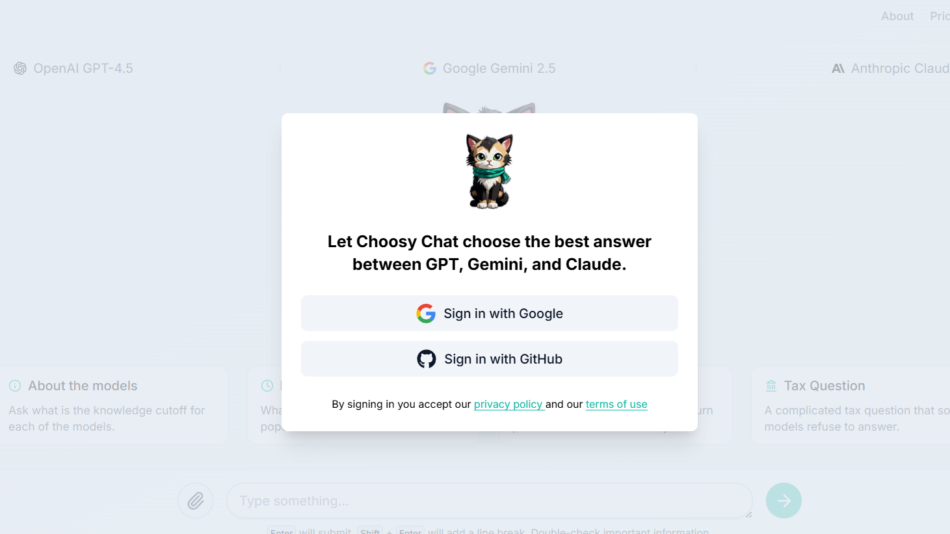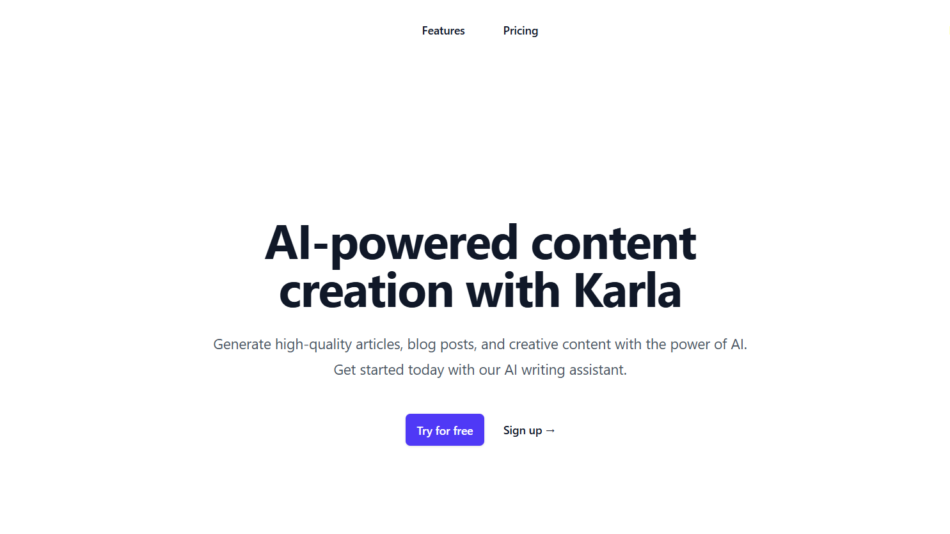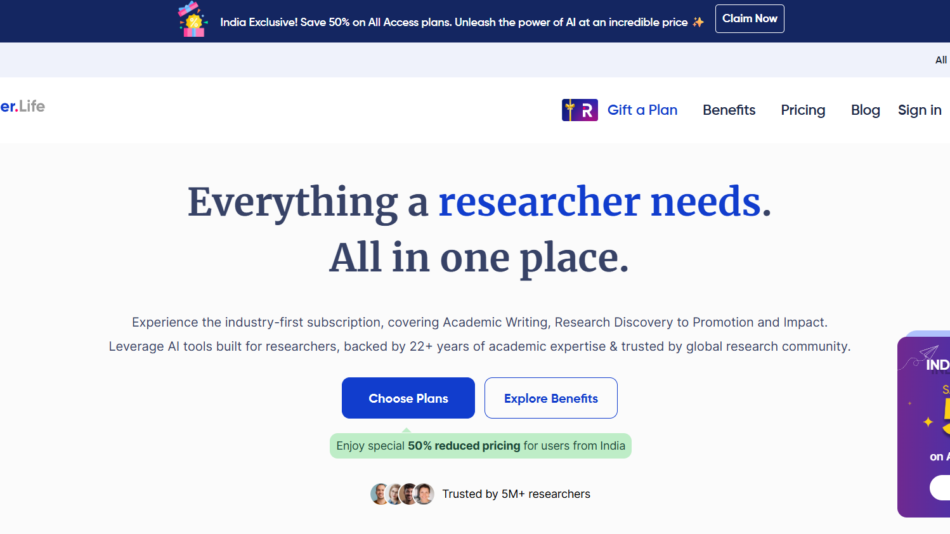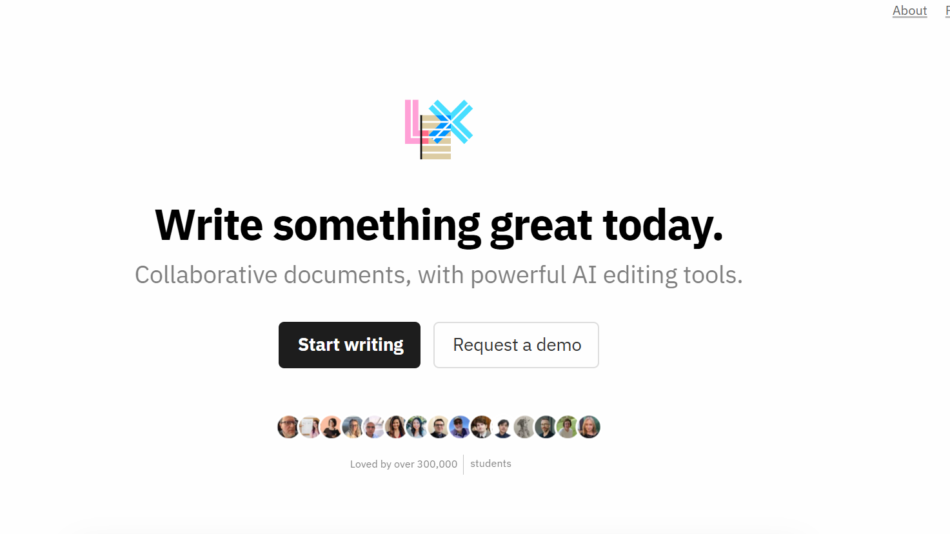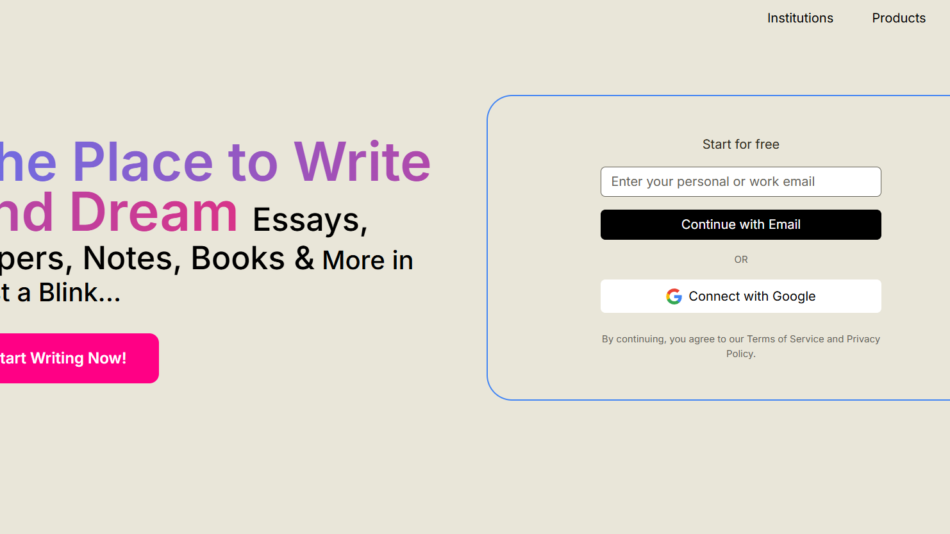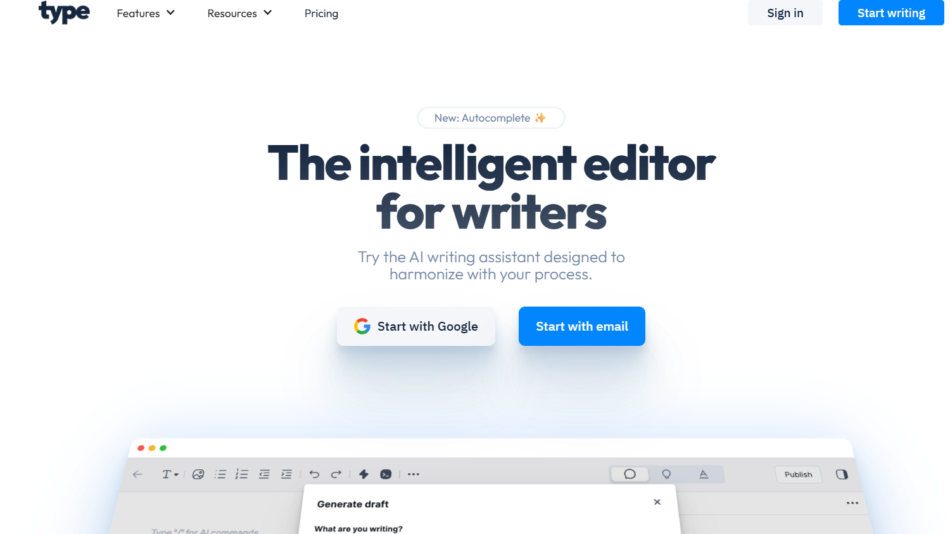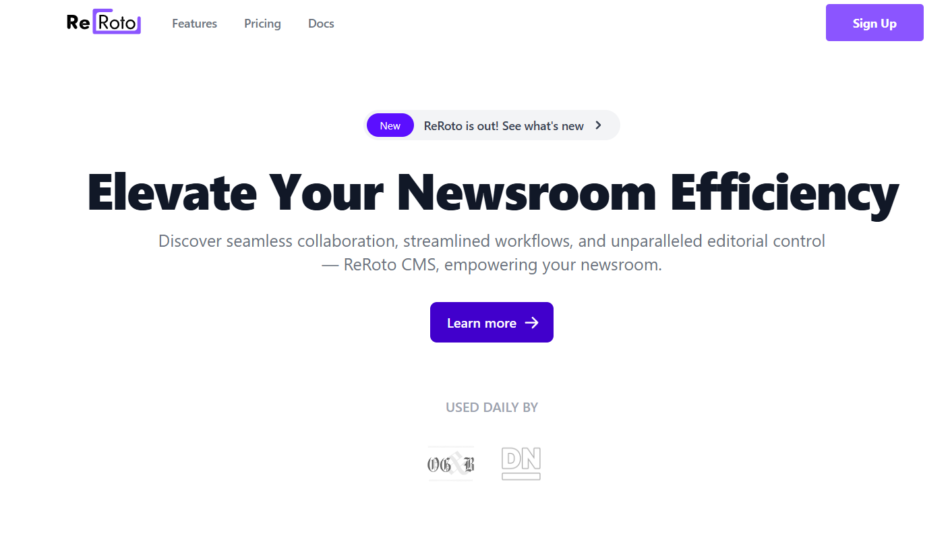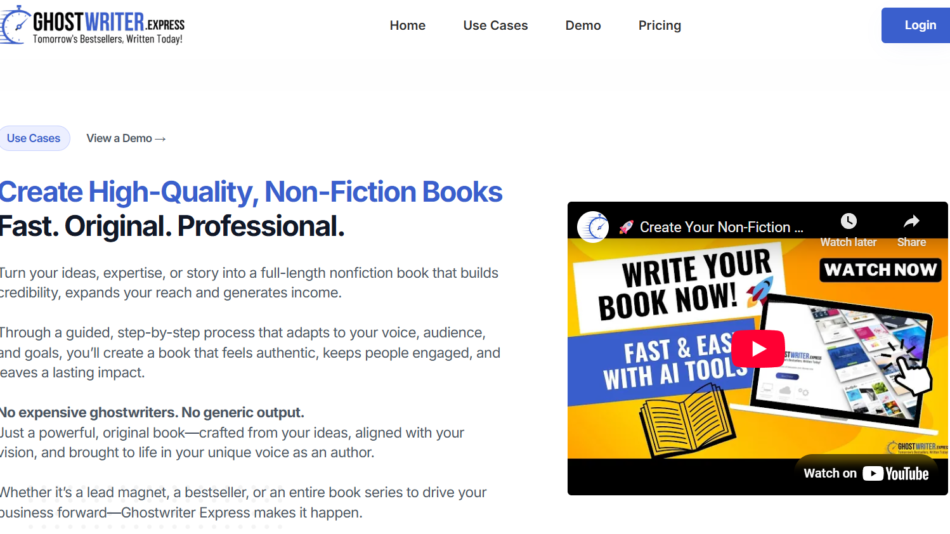MiniMax Agent is an AI development platform that enables users to create, configure, and deploy autonomous AI agents using natural language instructions. Developed by MiniMax, a China-based AI company, the platform allows individuals and businesses to build task-specific agents—without requiring coding knowledge.
By combining a no-code interface with powerful AI models, MiniMax Agent makes it possible to automate workflows, customer service, content creation, data analysis, and more. Users can define agent behavior, personality, and goals simply by describing what they want in plain language. The platform handles the logic, memory, and interaction flows behind the scenes.
Features
MiniMax Agent provides a rich set of features to support custom AI agent development:
Natural Language Configuration: Build agents using descriptive instructions—no programming required.
Multi-Turn Memory: Agents retain context across conversations and tasks for more coherent responses.
Prompt Templates: Pre-built prompts for common use cases like writing, translation, summarization, and research.
Custom Agent Personas: Define agent tone, role, and objectives to match specific use cases.
Real-Time Web Interface: Test and interact with agents instantly through a clean UI.
API Access: Integrate agents into apps, websites, or services using RESTful APIs.
Multi-Agent Collaboration: Design agents that can work in sequence or in tandem for complex workflows.
Task Automation: Agents can complete structured tasks such as data extraction, customer replies, or reports.
Private and Public Agent Modes: Choose whether to keep agents personal or share them with the MiniMax community.
These features make MiniMax Agent a versatile platform for developers, startups, marketers, and automation-focused teams.
How It Works
Creating an agent with MiniMax Agent is a streamlined process designed for non-technical users:
Step 1 – Describe the Agent: Use natural language to define what your agent should do (e.g., “Help users write professional emails”).
Step 2 – Configure Behaviors: Set up specific actions, tone of voice, memory preferences, and other personality traits.
Step 3 – Test Interactions: Chat with your agent in a live interface to refine responses and improve behavior.
Step 4 – Publish or Integrate: Deploy the agent for private use, public access, or API integration.
Step 5 – Monitor and Improve: Analyze interactions and iterate on agent behavior to enhance performance.
The platform abstracts away traditional programming, allowing users to focus on outcomes and use cases.
Use Cases
MiniMax Agent can support a wide range of business and individual scenarios:
Customer Support: Build a custom chatbot to handle FAQs, ticket routing, or onboarding questions.
Content Creation: Create agents that write blogs, summaries, social media posts, or product descriptions.
Research Assistants: Deploy agents that compile, summarize, or explain large datasets or documents.
Ecommerce Assistants: Guide customers through products, answer questions, and suggest options.
Language Translation: Offer real-time multilingual communication via AI agents.
Education and Tutoring: Design teaching agents that answer questions or quiz students on custom topics.
Marketing Automation: Run agents that write ad copy, generate ideas, or respond to campaign feedback.
Internal Tools: Create private agents to assist with team tasks like scheduling, data reporting, or file generation.
MiniMax Agent adapts to both operational and creative tasks, helping businesses scale without adding headcount.
Pricing
As of the latest information on MiniMax Agent’s official website, pricing details are not explicitly listed. The platform currently operates on an invitation-based or request-access model, and interested users are encouraged to register or join the waitlist.
Expected pricing structure may include:
Free Tier (for experimentation and light use):
Limited agent creations
Basic API access
Community support
Pro/Business Plan (likely):
Higher usage limits
Customizable agent capacity
Priority API access and support
Collaboration and team features
Enterprise Plan (on request):
White-label options
Enhanced security
Dedicated onboarding and SLAs
Scalable API limits
Exact pricing is expected to vary based on usage, integrations, and support level. Users can apply for early access or partnership programs through the official site.
Strengths
MiniMax Agent stands out in the rapidly growing AI agent space with the following strengths:
No-Code Interface: Lower barrier to entry for non-developers.
Highly Configurable Behavior: Agents can be customized in personality, function, and tone.
Context-Aware Conversations: Multi-turn memory improves user experience.
Broad Use Case Support: Suitable for businesses, educators, freelancers, and startups.
API Integration: Extend functionality into real-world applications and services.
Community & Sharing: Publish agents for public use and explore others’ creations.
Continuous Improvement: Easy to iterate and optimize agents based on performance.
Its combination of power and simplicity makes it accessible while still being capable of advanced functionality.
Drawbacks
While promising, MiniMax Agent has a few current limitations to consider:
Limited Public Documentation: As of now, the platform lacks extensive tutorials or API docs.
Invite-Only Access: Full platform usage is restricted to approved users or regions.
No Pricing Transparency: Lack of public pricing may deter businesses seeking immediate scalability.
Primarily Chinese Market-Focused: Some localization and language settings may favor Chinese-speaking users.
Feature Maturity: Some advanced features (e.g., multi-agent orchestration or integrations) may still be in development.
These drawbacks are likely to diminish as the platform exits early access and expands globally.
Comparison with Other Tools
MiniMax Agent fits into a competitive landscape of AI agent builders and orchestration platforms:
MiniMax Agent vs. ChatGPT (Custom GPTs)
ChatGPT allows users to build personalized GPTs but is limited to OpenAI’s ecosystem. MiniMax Agent offers similar configurability with broader integration potential and more direct agent deployment.
MiniMax Agent vs. LangChain + AgentGPT
LangChain and AgentGPT offer developer-heavy solutions for building autonomous agents. MiniMax Agent abstracts the complexity for no-code users.
MiniMax Agent vs. AutoGPT
AutoGPT is experimental and requires technical setup. MiniMax Agent is production-ready and designed for commercial use cases with a GUI.
MiniMax Agent vs. Flowise
Flowise is great for visual LLM app design but requires model hosting. MiniMax Agent hosts and runs agents out of the box, simplifying deployment.
Customer Reviews and Testimonials
Since the platform is still in controlled access, there are limited public reviews. However, early testers have shared positive impressions on platforms like X (formerly Twitter), Zhihu, and WeChat:
“MiniMax Agent lets me spin up a marketing assistant in 10 minutes—no code, just a prompt.”
— Growth Marketer
“We built a customer onboarding agent that cut email volume by 40% in the first week.”
— SaaS Startup Founder
“This is the most user-friendly agent platform I’ve tested. Excited for API rollout.”
— Product Manager, AI Tools
More success stories are expected as MiniMax expands global access and releases additional features.
Conclusion
MiniMax Agent is a powerful new entrant in the AI tools market, enabling users to build custom, conversational, and task-oriented agents using natural language. Whether you’re a startup founder looking to automate onboarding, a creator building AI-powered assistants, or an enterprise exploring custom LLM integrations, MiniMax Agent provides a flexible, no-code solution that lowers the barrier to intelligent automation.
While some features and documentation are still evolving, the core value of rapidly building and deploying functional AI agents is already strong. For professionals and teams seeking to streamline tasks with custom AI logic—without writing code—MiniMax Agent is a smart and scalable platform to explore.


